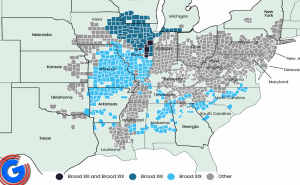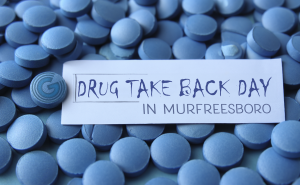As Congress prepares to return to Washington to consider changes in federal sentencing policy, a new report from The Pew Charitable Trusts shows that the average prison sentence for federal drug offenders rose 36 percent between 1980 and 2011, even as it declined 3 percent for all other offenders. The report, Federal Drug Sentencing Laws Bring High Cost, Low Return, highlights that 95,000 federal prisoners today are serving time for drug-related offenses--up from fewer than 5,000 in 1980. This 19-fold increase stems from actions taken by Congress during the 1980s and 1990s, including laws that established mandatory minimum drug sentences and restricted parole.
Data show the long-term effects that federal drug sentencing policy changes have had:
- The average sentence for drug offenders increased from 54.6 to 74.2 months between 1980 and 2011, even as it decreased from 48.9 to 47.3 months for all other offenders.
- The average amount of time actually served by drug offenders increased from 23.2 to 58.6 months (153 percent) between 1988 and 2012, dwarfing the 39- and 44-percent growth in time served by property and violent offenders, respectively, during the same period.
- In 1980, 26 percent of convicted drug offenders received sentences of probation. By 2014, the proportion had fallen to just 6 percent, with judges sending nearly all drug offenders to prison instead.
- In 1980, drug offenders represented 25 percent of the total federal prison population. Today, they represent 49 percent.
Federal drug sentencing laws have increased punishment for major drug traffickers, as intended, but they also have resulted in the lengthy imprisonment of many offenders who have played lesser roles, including couriers and mules. The laws also have failed to improve post-prison outcomes: about a third of the drug offenders who leave federal custody and are placed on community supervision each year commit new crimes or violate the conditions of their release - a rate that has not changed substantially in decades.
- Meanwhile, enhanced penalties have not reduced the use or availability of illegal drugs, with the share of Americans age 12 and older who reported using an illicit drug within the past month rising to 9.2 percent--or nearly 24 million people-- in 2012.
- The estimated retail prices of three common illegal drugs--cocaine, heroin, and methamphetamine--all decreased from 1981 to 2012, even as the purity of the drugs increased.











